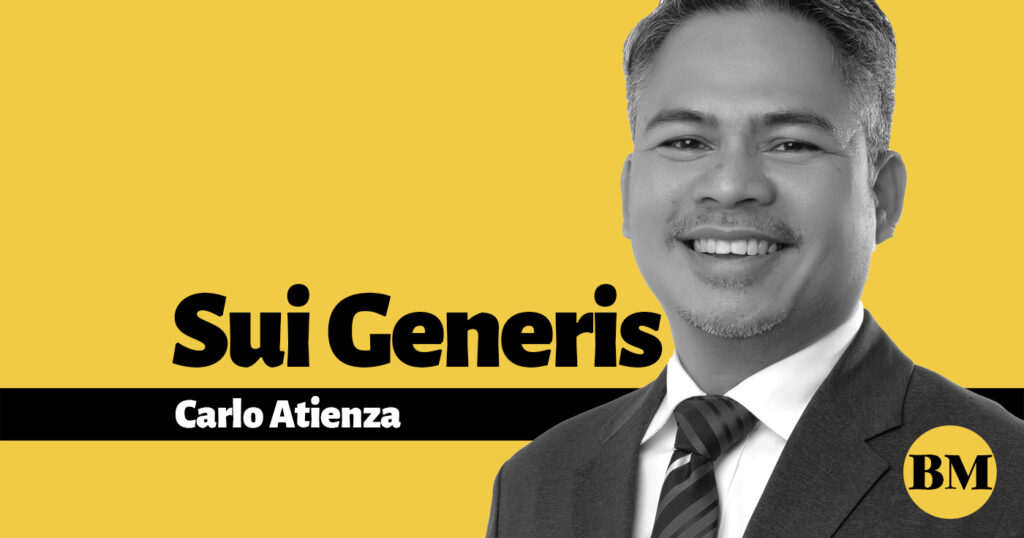
ONE of the significant lessons I picked up when I was still studying was the value of adopting a solution-based mindset. I was helping out as a production assistant in a church activity and there were several snafus backstage. But our floor director was ever so calm and gave quick solutions to whatever problem came along. After the event, I asked her how she could be so calm amid the chaos and she said, “In times when everything is up in the air, you need to focus on what is within your control so you can train your mind to find solutions.”
That solution-based mindset has been with me throughout my professional life and has guided me when I am confronted with unpredictable issues at work. When I became a training professional, I discovered she was using Stephen Covey’s principle of the circle of influence. In capsule, the principle states that the circle of concern is everything that we are involved in, but within that circle is the circle of influence which is what we can affect and control.
An example is your workplace which can be your circle of concern, and your circle of influence includes the others in the office and how they behave toward you, your productivity in a team setting, or even your reputation. Under the circle of influence, you can indirectly affect your coworker’s behavior toward you but in the end, you cannot control how they react. Further within the circle of influence, others have included a smaller circle which is the circle of control. These are things that you have direct command of, such as your work ethic, emotions, thoughts, and how you act out your thoughts and emotions.
It is helpful to know whether an issue falls within the circle of concern, influence, or control because it will determine how you should react. If your issue falls under the circle of influence, you know that you cannot always change people’s minds about you. This means, you should think of ways to change their minds, but you also need to prepare if they decide not to, and accept that some things are beyond your control. On the other hand, if it falls within your circle of control, you should do all you can so that you will not regret your actions later.
Take the case of promotions. You can always prepare all your documents and do everything you can to do your work well. But if the organization is not ready, or if your manager has reservations with regards to your promotion, you can exert some degree of influence. But in the end, it will still depend on other factors that are not within your full control. Knowing this will help you avoid wasting your time and resources so you can focus on things you can control, rather than dwelling on what might or could have been. It will also help you manage your expectations and prevent you from relying too much on others. In turn, you will be less stressed and anxious because your energies are focused on what you can do.
This brings us to being proactive or looking for solutions rather than looking for someone to blame. A lack of understanding of what you can control will make you reactive to anything and everything that comes your way. I know of people whose day is ruined because their post did not generate enough likes, or their favorite shirt was not ironed well. Reactive people are derailed by the slightest provocation. If you understand your circle of control, you are in a better position to look for solutions and manage your reactions. Think of the old Mentos Freshmaker ads where average people find extraordinary solutions just by focusing on things that they can do.
Aside from proactively looking for solutions, knowing your circle of control helps you worry less. Glenn Turner, the legendary cricket player, once said, “Worrying is like a rocking chair, it gives you something to do, but it gets you nowhere.” Instead of wasting time worrying about things that might happen, or on people who behave erratically, you can focus on your thoughts and emotions and find ways to manage them. Rather than overthink possibilities and different scenarios, you can think of how you can improve the present, regardless of who is with you or what happens.
Consequently, when you know where to focus your time and energy, you become more productive and accomplish more, not just in your professional life but also for activities outside your work. When you have established boundaries of what you can and cannot do for work, you enjoy your free time free of guilt and find other activities that will enrich your mind and body. You can then enjoy the moment and restrict distractions that waste your time and energy.
When you find yourself worrying about what could happen to a project, make a checklist of the things you can and cannot do and then do what can be done. After that, you just have to trust the process. Worrying adds up to nothing so redirect your attention to more productive things. When something unexpected or disruptive happens, choose to look at what you can do and how you can influence the people around you so that they can cope and look for opportunities to overcome it. One of the most powerful things you can develop once you have identified your circle of control is the growth mindset. You can start planning on how to equip yourself so that you can have more options in the future. Some of our limitations come from our lack of know-how and undeveloped skills. By adopting a growth mindset, you continuously find ways of developing yourself and significantly increase what you can do. You also develop the perspective of looking at limitations as opportunities for improvement.
Reinhold Niebuhr, known for his serenity prayer, understood the concept of the circle of control when he said, “God, grant me the serenity to accept the things I cannot change, the courage to change the things I can, and the wisdom to know the difference.” Once you know what is within your control, you have a better understanding of your own capabilities and what you need to do so you can do more.
Image credits: Christina@Wocintechchat.com on Unsplash





























